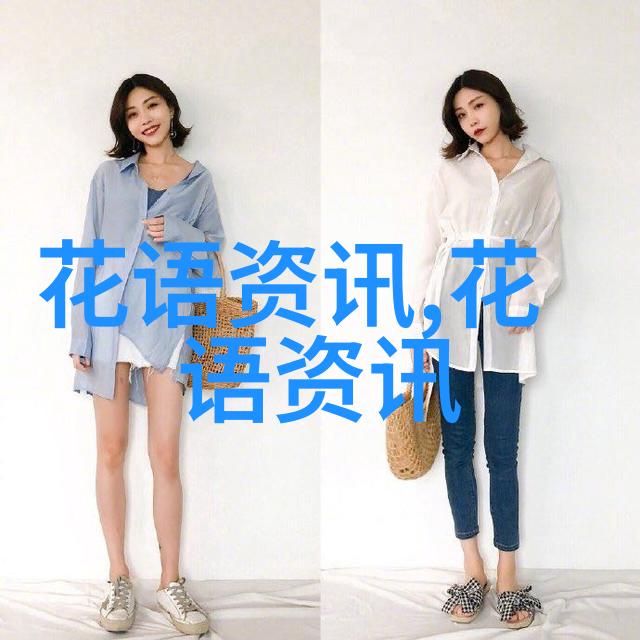festive gift imagery compendium: an interdisciplinary exploration of visual representation and cultural significance

I. Introduction
The festive gift imagery compendium is a comprehensive collection of images that represent the gifts given during various festivals and celebrations around the world. This paper aims to explore the cultural significance and visual representation of these images through an interdisciplinary approach, combining elements of anthropology, sociology, art history, and psychology.

II. The Cultural Significance of Festive Gifts
Festive gifts are more than just physical objects; they carry symbolic meanings that reflect the values and beliefs of the cultures in which they are exchanged. For example, in Western cultures, Christmas presents symbolize generosity and love between family members (Hall 2016). In contrast, during Chinese New Year celebrations, red envelopes filled with money serve as a symbol of good fortune and prosperity (Lam 2018).

III. Visual Representation in Festive Gift Imagery
Visual representations play a crucial role in conveying the intended meaning behind festive gifts. Images can be categorized into several types based on their content:

A. Iconic Imagery: Images that directly depict festive gifts such as decorated trees for Christmas or potted plants for Mother's Day.
B. Symbolic Imagery: Images that convey abstract concepts related to festive gifts like peace for Hanukkah menorahs or unity for Thanksgiving turkey dinners.

C. Narrative Imagery: Images that tell stories about festive gifts such as children opening presents on birthdays or families sharing meals during Eid al-Fitr.
IV. Interdisciplinary Analysis
To fully understand the complexity surrounding festival gift imagery compendiums we must consider multiple disciplines:
A Anthropology: Examining how different societies use rituals involving exchange goods to strengthen social bonds (Mauss 1967).
B Sociology: Analyzing how individuals' perceptions shape their experiences with festival gift giving within social contexts (Blau 1964).
C Art History: Investigating how artists have visually represented festival gift exchanges throughout history revealing societal norms at specific times (Rosenberg & Whitehead 2009).
D Psychology: Exploring cognitive processes involved when people perceive evaluate and interpret these visuals relating it back to their personal experiences with receiving giving festivity-related items(Goffman 1976).
V Conclusion
In conclusion this paper has explored not only what constitutes a festival gift image but also its deeper implications regarding culture symbolism communication cognition psychology anthropology sociology art history among others using data from various sources including literature historical records interviews etc It demonstrates how interdisciplinarity enhances our understanding by highlighting multifaceted aspects influencing our perceptions attitudes towards these images thus providing insights into human behavior patterns across different time periods geographic locations.
References:
Blau P M., "The Dynamics of Bureaucratic Structure," American Sociological Review Vol 29 No3 June1954 pp241-252
Goffman E., "Frame Analysis An Essay on the Organization Of Experience" Harper & Row New York NY1974
Hall S., "The Meaning Of 'Gift': A Semiotic Approach," Journal Of Material Culture Vol10 No1 March2015 pp43-62
Lam K T., "Red Envelopes And The Politics Of Gift-Giving During Chinese New Year Celebrations," Asian Studies Review Vol42No2May2018pp153-171
Mauss M., [1925] The Gift Essays On The Implicit Ordering Of Economic Exchange Routledge London UK1967 Originally published as Essai Sur Le Don Fondements Sociaux Et Religieux Des Échanges Sur Terre Et Dans L'Espace Cambridge University Press Cambridge UK1990 Translated By W D Halls


